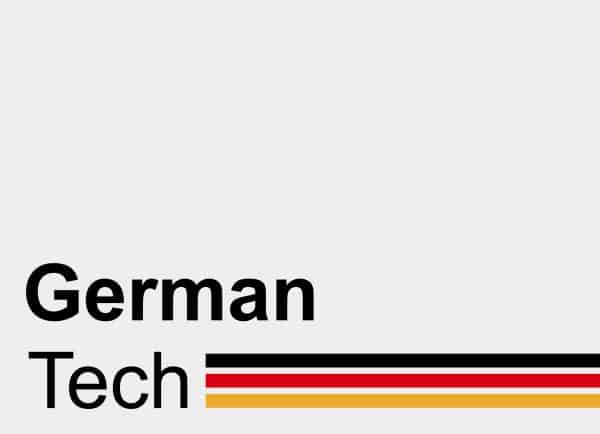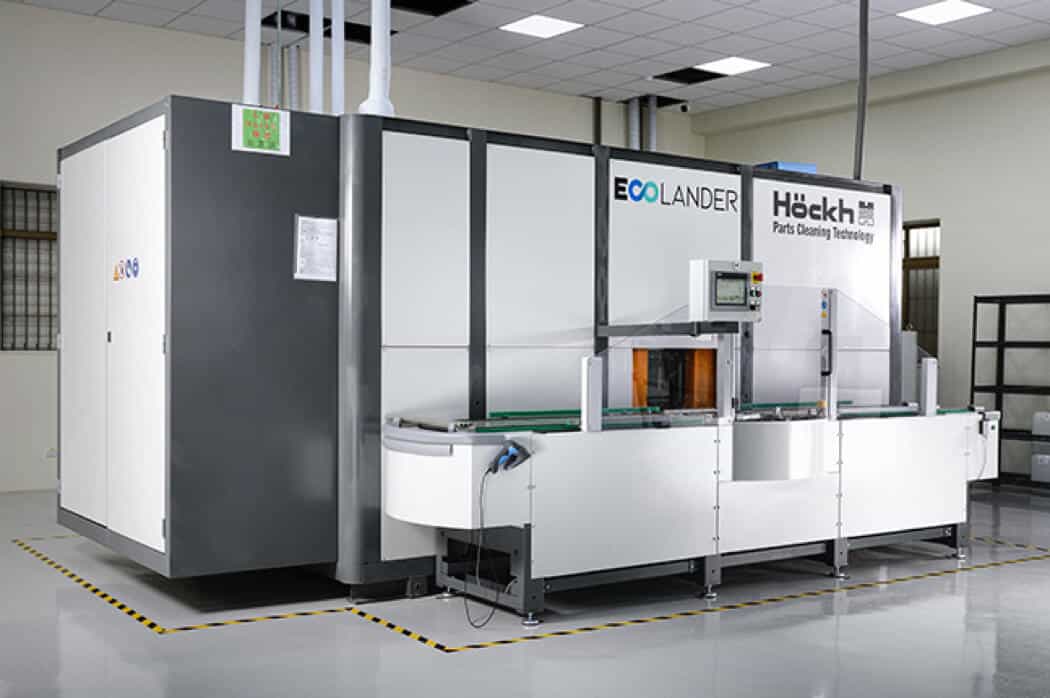Electronic products continue to evolve, weaving technology closely into every aspect of life, from food and clothing to housing, transportation, and entertainment. In electronic product and hardware manufacturing processes, precision cleaning of components is a critical process that must meet numerous requirements.
Precision cleaning primarily addresses two types of contamination: film-type residues and particle cleanliness. The first type involves oil contaminants adhering during component cutting and stamping processes. The second type addresses a more recent and stringent requirement: ensuring that after cleaning, components meet the lowest standards for residual particle size and quantity. The allowable particle size, quantity, and material definitions for components before assembly are primarily driven by the global automotive industry, with the German Automotive Association’s VDA 19 and the international standard ISO 16232 serving as the main regulations for particle cleanliness definition and verification.
The automotive industry adopts the aerospace ISO 4407 particle cleanliness standard, which classifies and limits particle size and quantity. This quantitative detection method allows different product categories such as atomizers, bearings, pipelines, electronic components, and batteries to implement appropriate particle cleanliness quality control processes. Since 2020, the VDA’s Production Process and Product Approval (PPA) regulation has considered particle cleanliness a necessary standard. German car manufacturers now require their entire supply chain to strictly adhere to particle cleanliness regulations, making it a future acceptance criterion for components.
In recent years, the increasingly prevalent electric vehicle market also views component cleanliness as a key factor in quality stability. Cleanliness directly impacts battery overall performance, electrical capacity, thermal stability, and safety. Battery manufacturers are required by car manufacturers to additionally clean battery shells before final assembly and then perform cleaning verification analysis according to ISO 16232 and VDA 19 component cleanliness procedures, providing confirmation reports.
Therefore, only components achieving particle cleanliness can become market-competitive products. But how can one simultaneously achieve particle cleanliness in washing? Traditional cleaning methods are clearly insufficient.
Vacuum-sealed closed washing equipment and processes can solve this cleaning challenge. Located in Dali Industrial Zone, Taichung, ‘Eco-lander Precision Technology’ provides German closed washing equipment contract cleaning services, offering a comprehensive one-stop solution from cleaning, dust-free rust prevention, dust-free packaging to particle cleanliness sampling inspection. Additionally, Eco-lander has an in-house chemical laboratory managing chemical solvent management and solvent analysis, ensuring chemical sustainability and data-driven usage tracking.
Beyond extensive contract cleaning experience, Eco-lander also offers sales and leasing of German vacuum-sealed cleaning equipment, coupled with sustainable chemical management, providing customers with flexible, efficient, and cost-effective solutions.


